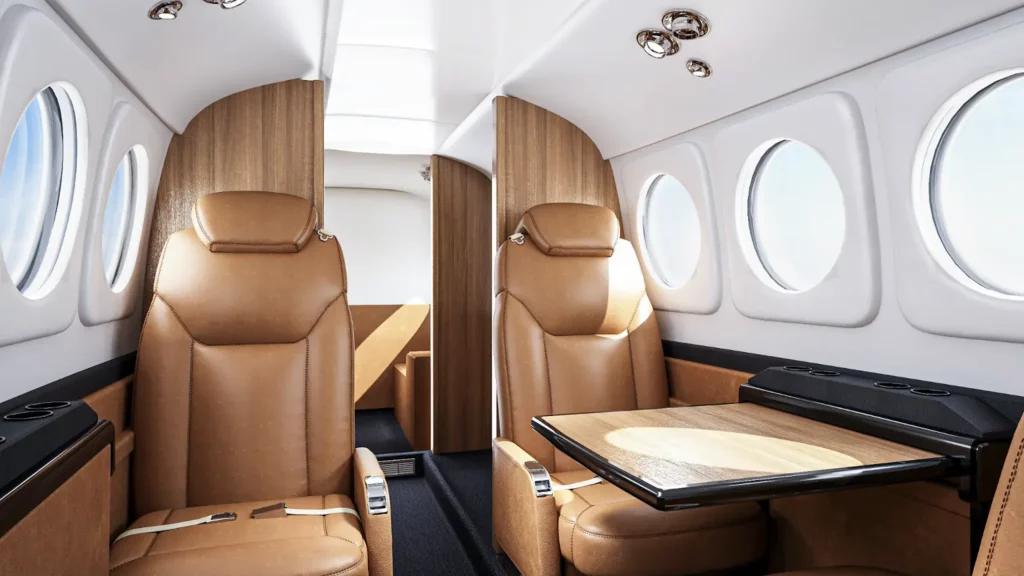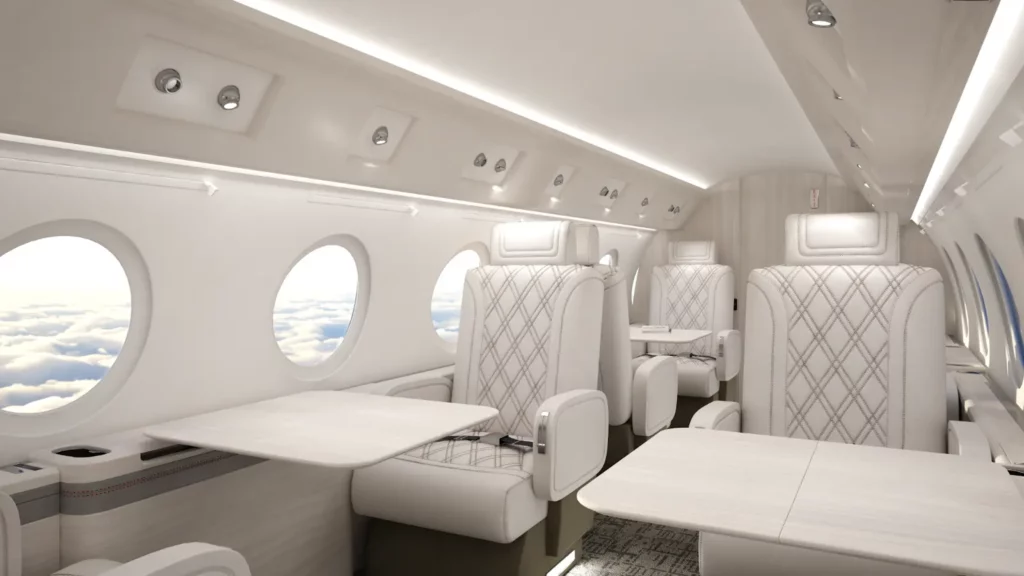Aircraft design is a complex and intricate process that requires careful consideration of numerous factors, including aerodynamics, performance, safety, and passenger comfort. In recent years, aircraft configurators have emerged as powerful tools for streamlining the design process, enabling manufacturers, airlines, and customers to explore and customize aircraft configurations in unprecedented detail. In this post, we’ll delve into the role of aircraft configurators in driving design innovation and revolutionizing the aviation industry.
Understanding Aircraft Configurators
Aircraft configurators are sophisticated software tools used in the aviation industry to customize and visualize aircraft interiors according to the specific requirements and preferences of customers. These configurators offer a user-friendly interface that allows clients to select from a range of options for seating layout, cabin amenities, entertainment systems, and interior finishes. By inputting parameters such as aircraft model, seating capacity, and desired features, clients can virtually design and preview their ideal aircraft interior in 3D renderings or interactive simulations.
Aircraft configurators streamline the customization process, enabling clients to make informed decisions and visualize the final product before production begins. This technology not only enhances customer satisfaction by tailoring aircraft interiors to individual preferences but also improves efficiency and accuracy in the design and manufacturing process. Overall, aircraft configurators play a crucial role in meeting the diverse needs of clients and delivering personalized and luxurious aircraft interiors.
Enhancing Collaboration and Communication
Enhancing collaboration and communication is crucial in any organization, as it fosters teamwork, innovation, and productivity. By implementing effective communication strategies and collaboration tools, teams can share ideas, coordinate efforts, and resolve issues more efficiently. Tools such as project management software, video conferencing platforms, and instant messaging apps facilitate real-time communication and information sharing, regardless of geographical location or time zone differences.
Additionally, fostering a culture of open communication and transparency encourages employees to voice their opinions, ask questions, and provide feedback, leading to better decision-making and problem-solving. Furthermore, collaboration encourages diverse perspectives and skill sets to come together, resulting in more creative solutions and improved outcomes. Overall, prioritizing collaboration and communication within an organization not only strengthens team dynamics but also drives innovation, enhances productivity, and ultimately contributes to the organization’s success.
Accelerating Design Iterations
Accelerating design iterations is essential in industries where innovation and efficiency are paramount, such as aerospace and automotive engineering. By leveraging advanced design software and simulation tools, engineers can rapidly prototype and test multiple iterations of product designs, refining and optimizing them for performance, functionality, and manufacturability. These tools enable engineers to quickly identify design flaws, assess alternative solutions, and iterate on designs in a virtual environment, reducing the need for costly and time-consuming physical prototypes.
Additionally, collaborative design platforms facilitate seamless communication and feedback exchange among team members, accelerating the iteration process further. By streamlining design iterations, organizations can bring products to market faster, stay ahead of competitors, and adapt to changing customer needs more effectively. Ultimately, accelerating design iterations leads to more innovative and cost-effective solutions, driving continuous improvement and success in competitive industries.

Customizing for Customer Needs
Customizing products to meet customer needs is crucial for businesses looking to differentiate themselves and provide personalized solutions. By understanding the unique requirements and preferences of their customers, companies can tailor their products or services to better align with customer expectations and deliver enhanced value. Customization allows customers to select specific features, functionalities, or design elements that best suit their individual needs, leading to greater satisfaction and loyalty.
Additionally, customization fosters a deeper connection between the brand and the customer, as it demonstrates a commitment to meeting their specific requirements and addressing their pain points. With advancements in technology, such as product configurators and online customization tools, businesses can offer a wide range of customization options while streamlining the production process. Ultimately, customizing products for customer needs enables businesses to stay competitive, drive customer engagement, and build long-term relationships with their target audience.
Optimizing Performance and Efficiency
Optimizing performance and efficiency is a critical goal for organizations across various industries seeking to enhance productivity and maximize resources. By implementing strategies such as process automation, workflow optimization, and performance monitoring, businesses can identify inefficiencies and streamline operations for improved outcomes. Utilizing advanced technologies like artificial intelligence and data analytics enables organizations to analyze large datasets, identify trends, and make data-driven decisions to optimize performance.
Additionally, fostering a culture of continuous improvement and innovation encourages employees to seek out new ways to enhance efficiency and effectiveness in their roles. By optimizing performance and efficiency, organizations can reduce costs, increase profitability, and gain a competitive edge in the marketplace. Moreover, optimizing processes and workflows not only improves productivity but also enhances customer satisfaction by delivering products and services more quickly and effectively. Ultimately, striving for performance and efficiency optimization is essential for organizations looking to achieve sustainable growth and success in today’s dynamic business environment.
Ensuring Regulatory Compliance
Ensuring regulatory compliance is essential for businesses to operate legally and ethically within their respective industries. By staying abreast of relevant laws, regulations, and industry standards, organizations can mitigate legal risks, protect against fines and penalties, and maintain trust with stakeholders. Implementing robust compliance management systems, conducting regular audits, and providing ongoing training to employees are essential components of a comprehensive compliance program.
Additionally, fostering a culture of integrity and accountability encourages employees to uphold ethical standards and adhere to regulatory requirements in their day-to-day operations. Overall, prioritizing regulatory compliance not only safeguards the organization’s reputation and financial stability but also demonstrates a commitment to ethical business practices and corporate responsibility.

Conclusion
In conclusion, aircraft configurators are revolutionizing the way aircraft are designed, customized, and brought to market. By leveraging advanced visualization, simulation, and collaboration technologies, configurators are driving design innovation, enhancing communication and collaboration, and empowering customers to create tailored solutions that meet their specific needs. As the aviation industry continues to evolve, aircraft configurators will play an increasingly important role in shaping the future of aircraft paint design and ushering in a new era of innovation and efficiency in aviation.
Also, read –
- Transforming Your Business System for Growth and Success
- How to Implement Data-Driven Personalisation
- Essential Technologies for Efficiency in Hot Shot Trucking
- Strategies for Small Businesses to Amplify Their Presence Through White Label Digital Marketing
- Understanding the Importance of Pipeline Pigs in Infrastructure Maintenance



